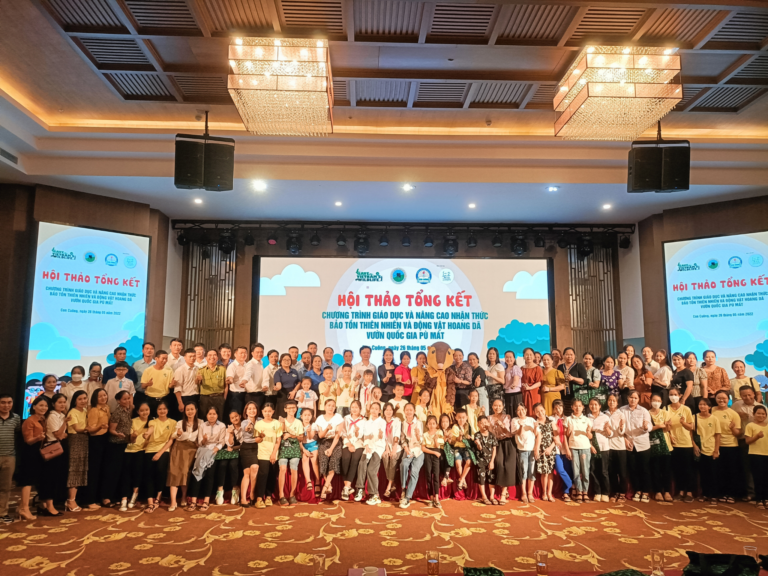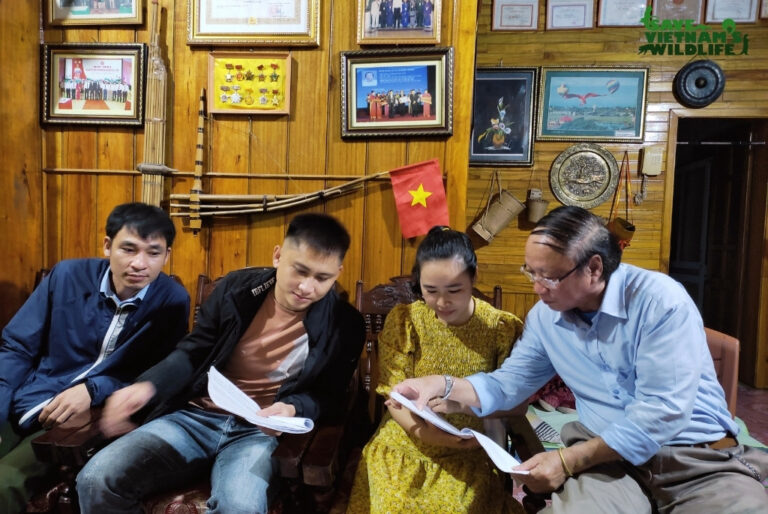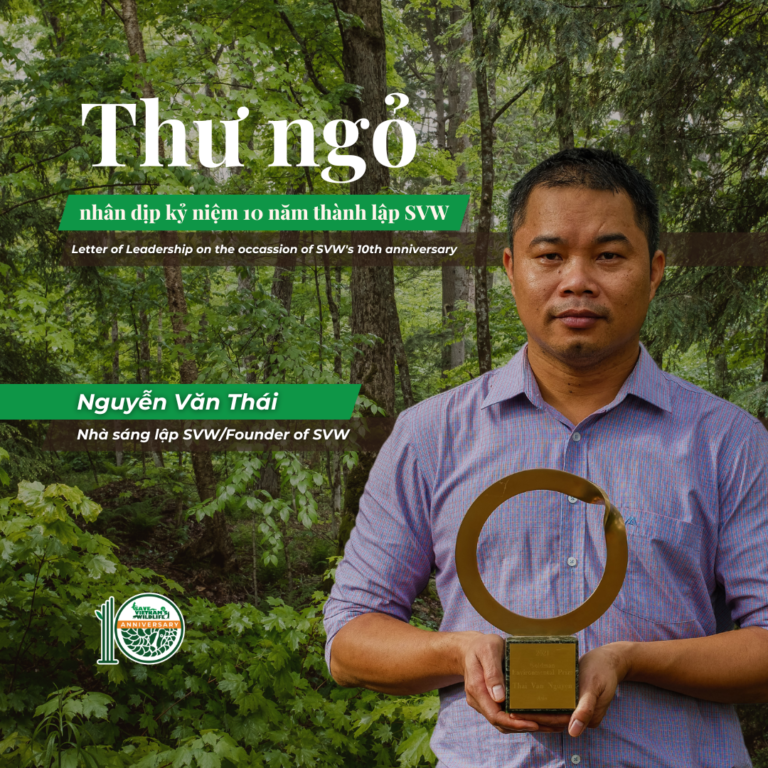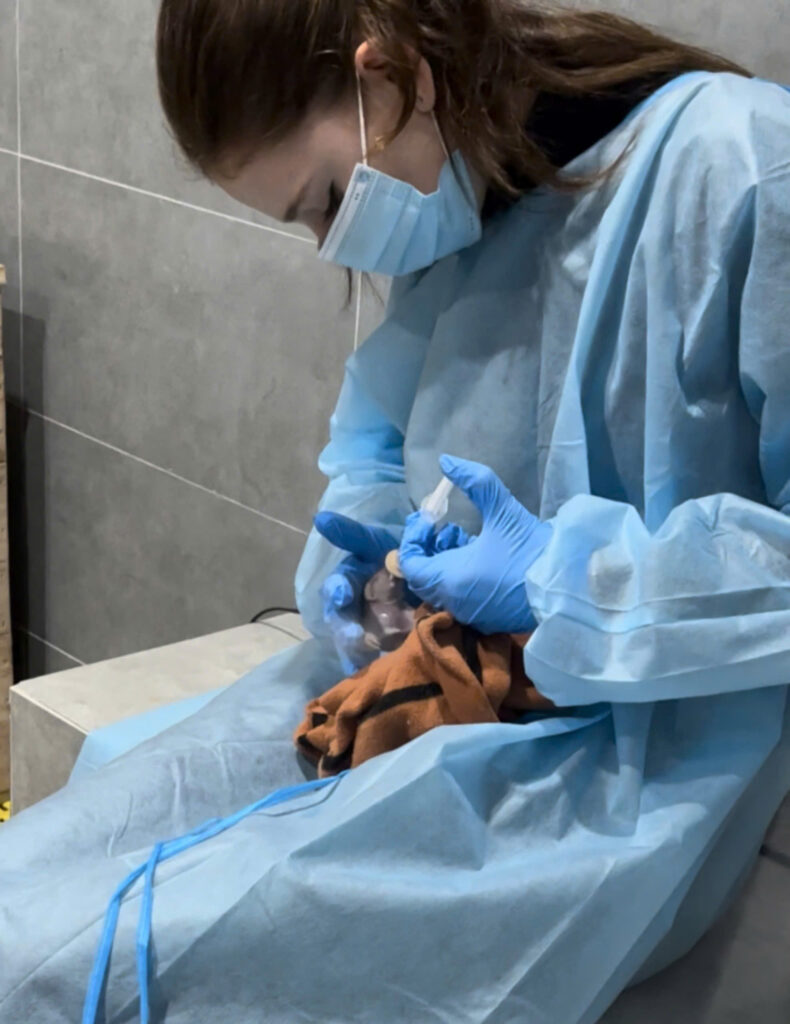
HELENA ROMY - Professional volunteer The Carnivore and Pangolin Conservation Program (SVW Rescue Center - Cuc Phuong)
What motivated you to become a volunteer as a wildlife care worker at SVW?
Volunteering at SVW offers the opportunity to make a direct and positive impact on the lives of endangered animal species in Vietnam. Volunteers can take on many different tasks and work together with professional workers who share the same values and ideals. Working in animal protection can also help to develop important skills and leads to personal growth.
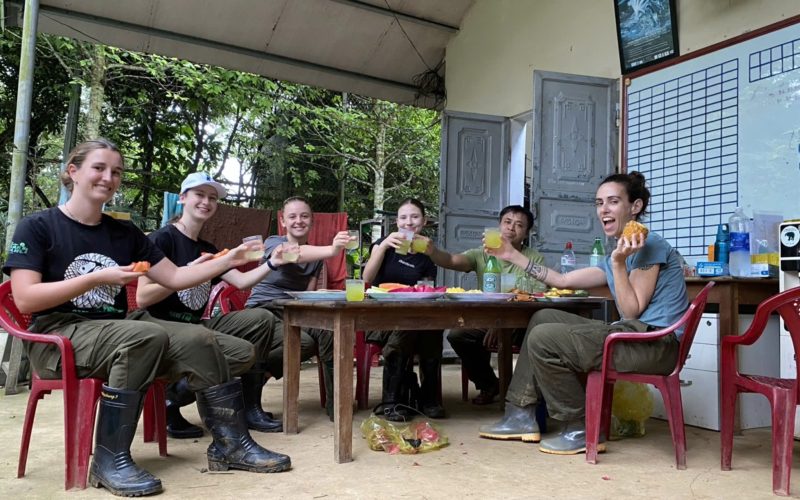
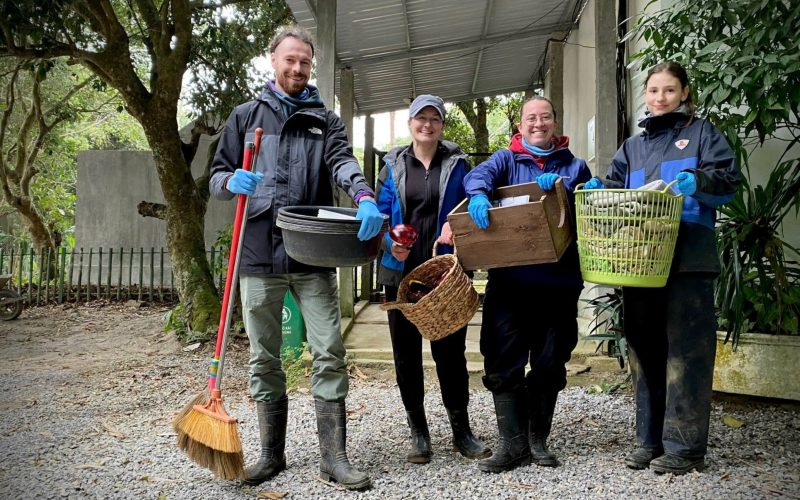
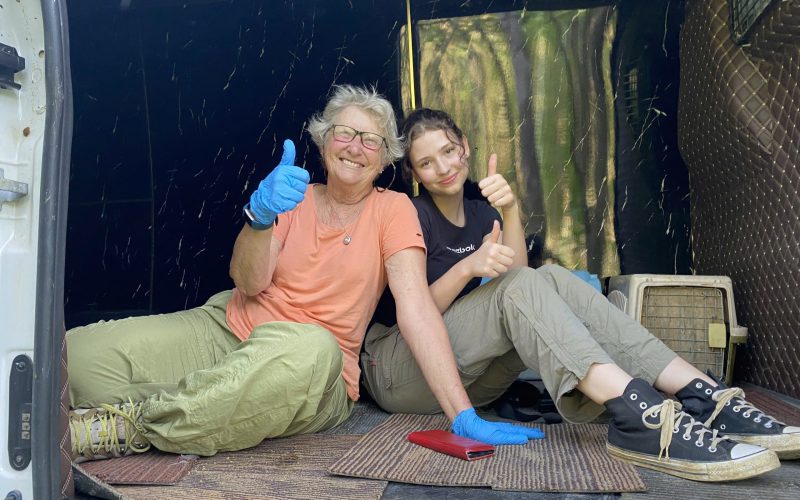
What was your expectation when you came to SVW? Do you feel that your experience at SVW has helped you achieve that expectation?
My expectations were to fully engage in the project, which includes physically demanding tasks such as caring for and feeding animals, cleaning enclosures, doing environmental enrichment, helping the vet team and assisting in rescue or release efforts. It was important to me to do meaningful tasks and be able to actually help SVW with long term goals. I also expected to learn about Vietnamese culture and to get support, guidance and clear communication (especially in the beginning) from experienced staff members.
Yes, I think my experience at SVW has helped me to achieve these expectations.
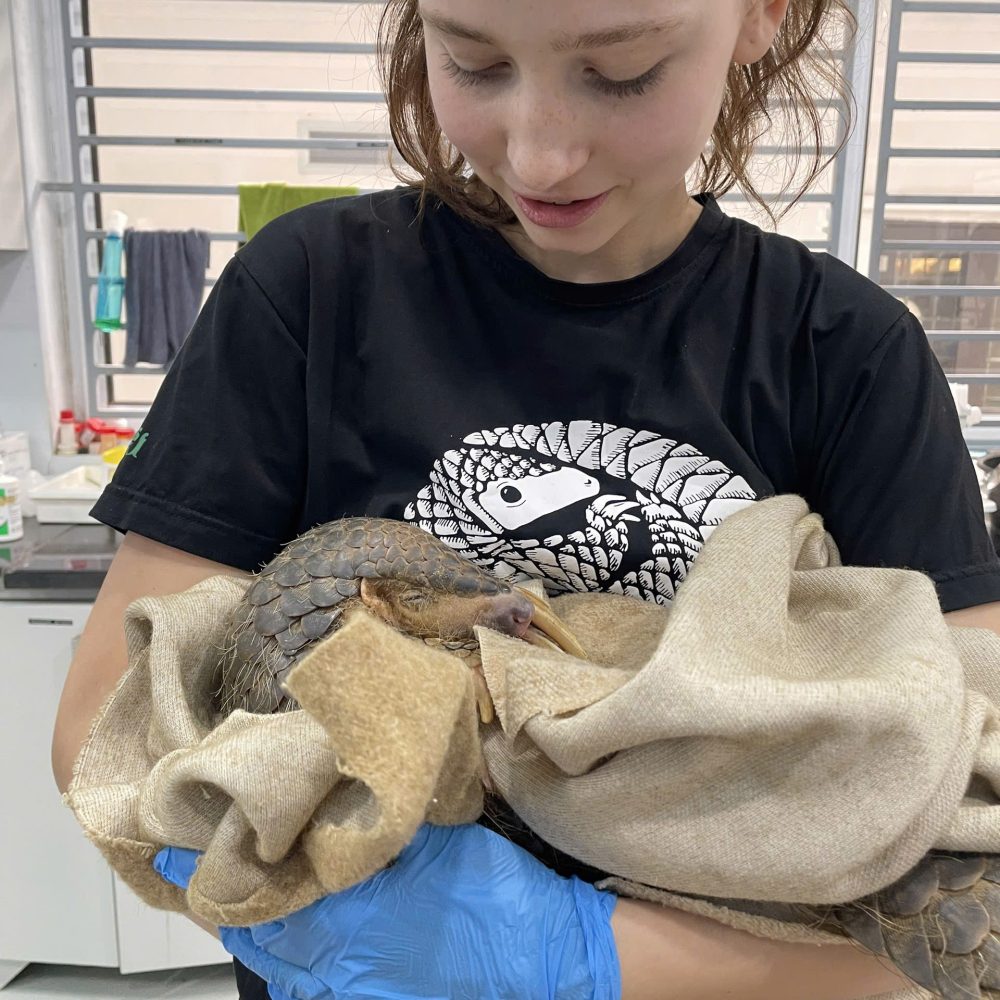
What was your favorite task while working as a volunteer at the SVW Rescue Center? Why did you like it?
One of my favourite tasks was the environmental enrichment for the animals. It means to create new conditions that encourage the natural behaviors and mental stimulation of animals in captivity. I had fun to modify the animals enclosures to resemble natural environments by adding features like rocks, trees, plants and hay. Another way to keep the long term animals entertained was to add new climbing structures or self-made toys. We also prepared food enrichment, for example hiding it in bamboo locks or smell enrichment, for example putting objects with new scents in the enclosure. I also loved to do the Weight Training of otters and carnivores.
Environmental Enrichment is very diverse and consists of a variety of different activities. You can get really creative in the process of preparing or building something for the animals. And then finally seeing them successfully interact with the enrichment brings a lot of joy and fulfilment.
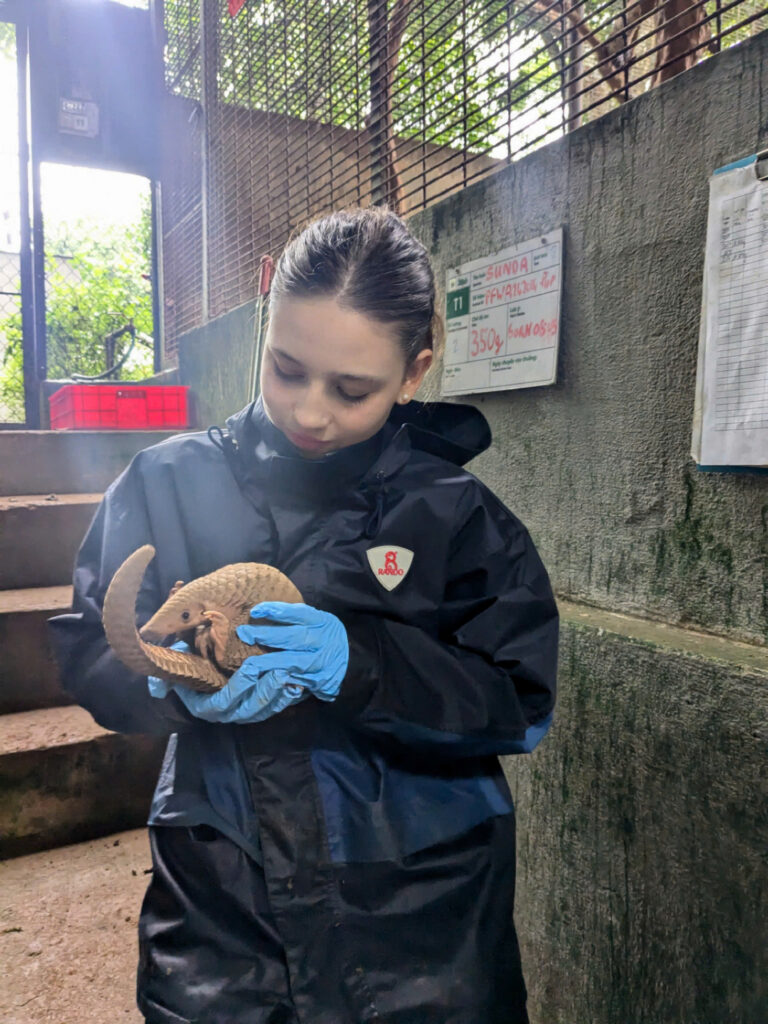
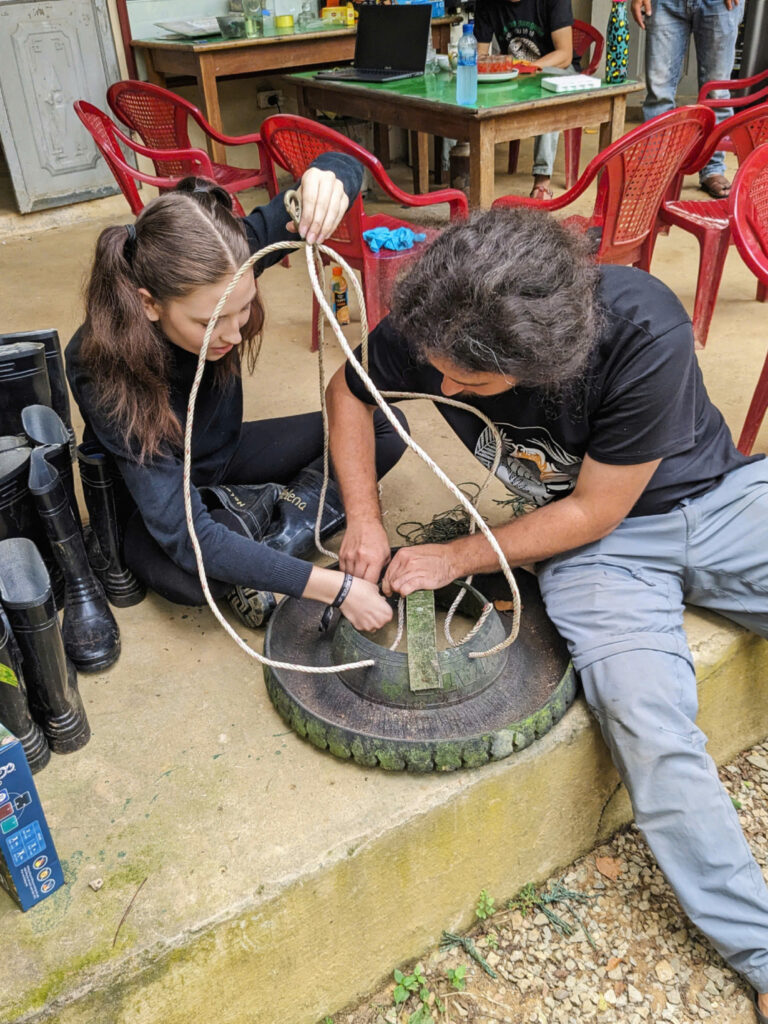
What was a memorable experience while taking care of wildlife at the Rescue Center?
The story is about my first animal release trip. A python and a ferret badger were ready to go back into the wild on the 21th of February. I felt huge excitement when I was told that I’m able to join the trip. We went to the National Park and released the python first. I remember carrying the snake to the release spot which felt quite adventurous. It was nice to see the python return to its
natural habitat.
Then we went deeper into the forest of the National Park to release the ferret badger. The moment I opened the door of the transport box and saw him running into the wild was absolutely fantastic. I got emotional because I worked with that ferret badger while he was in his rehabilitation process. Seeing him return to its natural environment was the ultimate goal and filled me with joy and pride. Successful releases inspire me a lot to continue the work. It shows that all the effort has a significant positive impact on wildlife conservation.
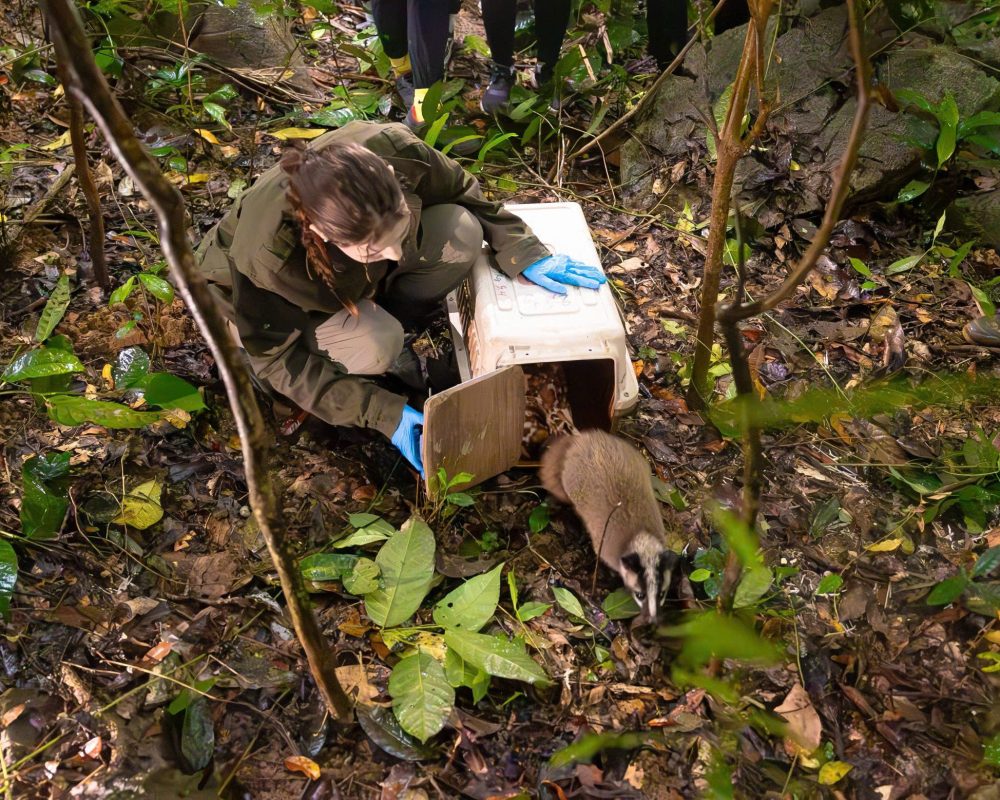
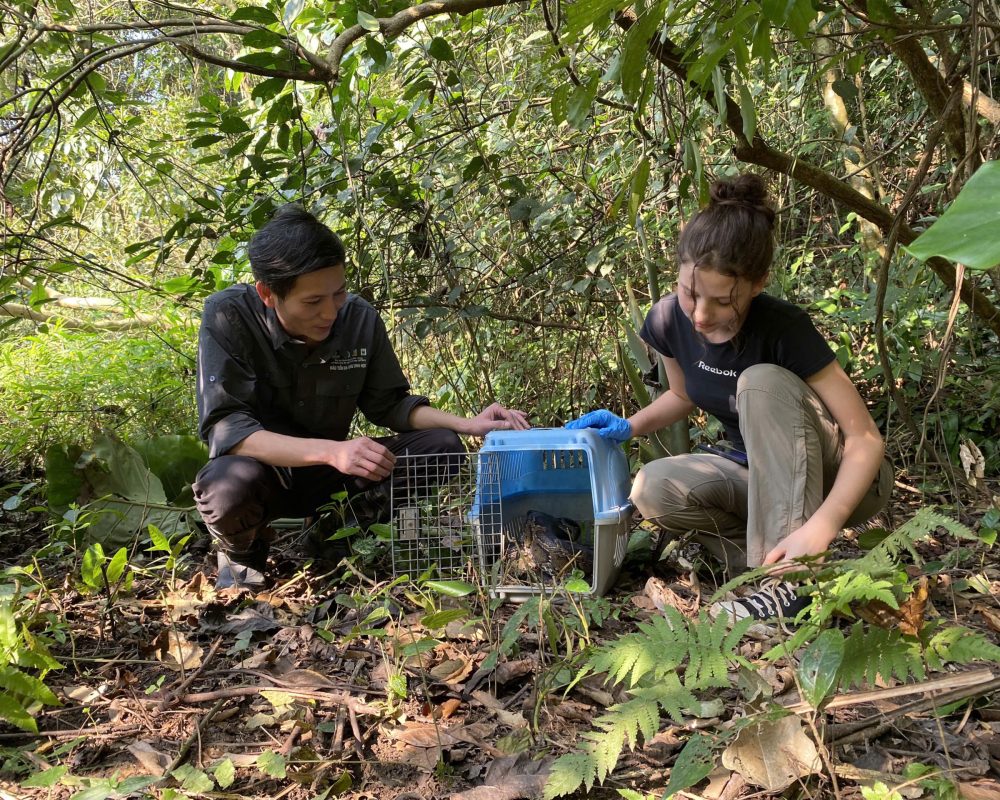
I learned that Vietnam still has serious problems with illegal wildlife trade, poaching, deforestation and habitat destruction. Pangolins are the most trafficked mammals in the world. They get hunted for their scales and claws, which are used in traditional medicine, and for their meat, which is considered a delicacy. They also have a slow breeding cycle which makes it hard for populations to recover from the high levels of poaching and habitat loss. There is a lack of public awareness about this topic which is why it’s important to educate people about wildlife conservation in Vietnam.

